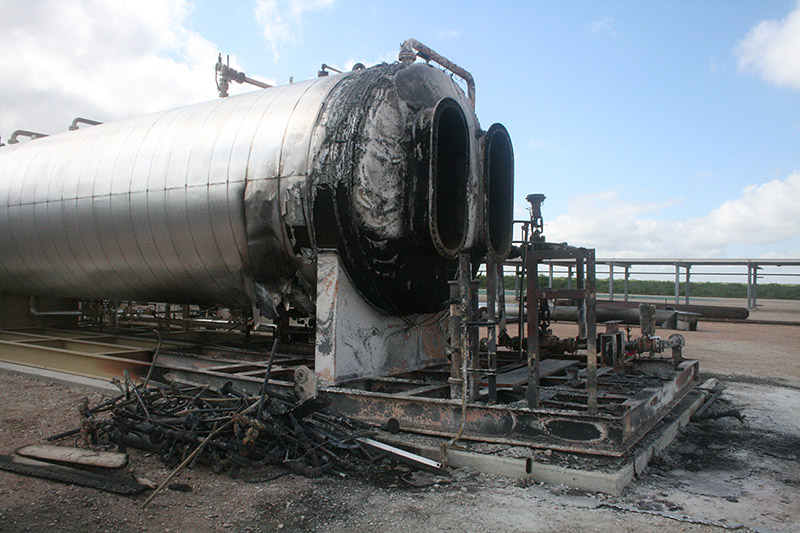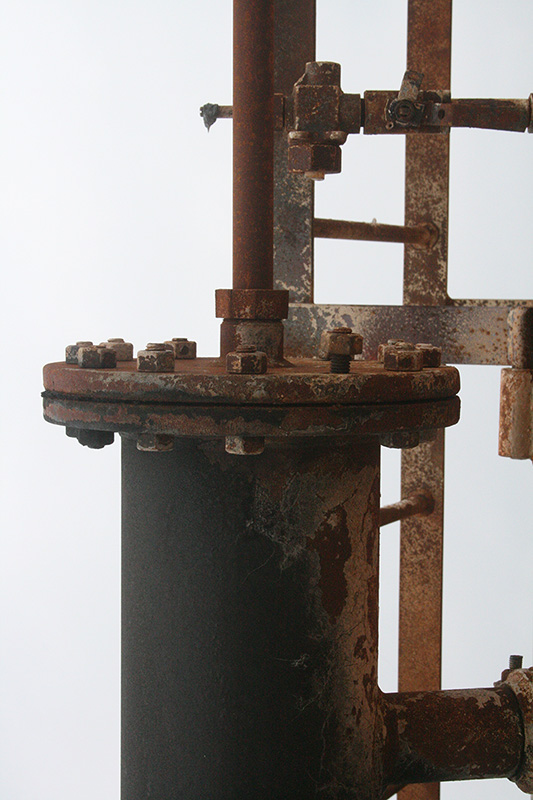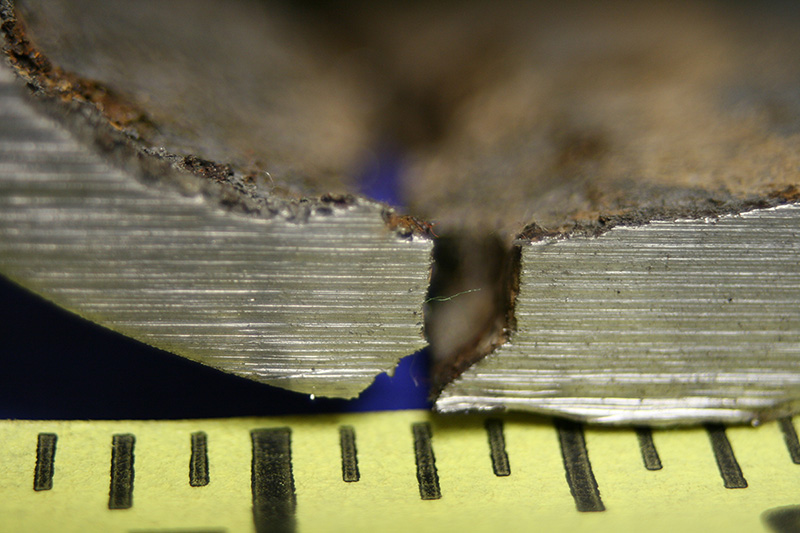Every Failure Has a Story... Even in the Oil & Gas Industry
The phone rings in the late afternoon on Friday and it isn’t good news. There was a fire at a compressor station. A shipment of new equipment showed up with visible damage. The drill string fell into the well and the contractors are trying to fish it out. Any number of things can happen to equipment in the oil and gas industry and every instance of equipment failure is part of a story- the story of why it happened, how it happened, and what happens next.
The Flow of Activity
The oil and gas industry functions can be categorized into three segments known as upstream, midstream, and downstream. Some companies provide products or services in a single segment of the oil and gas industry while others serve or have operations in more than one segment. There are also companies that provide products or services to those in the oil and gas and other industries with similar needs. Likewise, some facilities have a predominate focus on operations in one segment and incorporate activities typical of other segments. This can complicate the definitions of upstream, midstream, and downstream within the oil and gas industry.
EDT engineers have performed damage assessments, reviewed repair costs, and determined the root cause of equipment failures in all three segments of the oil and gas industry.
The upstream segment locates and extracts hydrocarbons from the earth, whether on land or offshore. Companies involved in upstream operations specify equipment and services tailored to the conditions of a specific drilling, completion, or production activity. At drilling and production sites, the drilling rigs, risers, sensors, pressure controls, valves and piping are custom designed and manufactured or selected based on the known characteristics of the hydrocarbons and the drilling or production environment.
The midstream segment of the oil and gas industry includes the initial field processing performed at the production site, storage, and the transportation of product to the users by pipeline or rail. The downstream segment processes the hydrocarbons into finished fuels, lubricants, and other products.
Many of the processing equipment types used in midstream facilities are also used in downstream facilities. However, the individual designs are unique to the specific applications. Examples of such equipment include separators, distillation towers, heaters, heat exchangers, and compressors. Components for flow control, metering, filtration, and storage are found throughout the oil and gas industry.
A Chapter on Design
The next page of the story is how well the equipment was designed. A proper design must meet the operational need and be reliable, effective, and efficient. Engineers designing process equipment use information provided about the chemical process to assign design parameters in order to produce the final products. The design parameters are then used to make decisions during the manufacture and service life of the equipment. Measured data, anticipated service conditions, and probable failure modes factor into the established design parameters. Therefore, the success of any design application is dependent upon the accuracy of the underlying design parameters. Prototyping, field trials, and quality control tools such as Failure Modes and Effects Analysis (FMEA), and Hazard and Operability Studies (HAZOPs) are used to validate the finished design.
Repair and refurbishment activities present complexities different from those related to the design of new equipment. The condition of used equipment is assessed by means of inspection and testing activities. The resulting information and the design parameters are useful to determine whether the equipment or component should remain in service or be dispositioned for repair, refurbishment, or replacement.
Design parameters are not just temperature and pressure. They can involve chemical composition of the process fluid, liquid-vapor ratio, code requirements, and more.
A Chapter on Manufacturing
A design free of imperfections and operated within the anticipated design parameters can fail if there are flaws in the manufacturing process. Therefore, strategic inspection and management of design and manufacturing process changes are critical to ensure the quality of a finished product. Apart from design or manufacturing related defects, equipment damage can result from errors in maintenance, material handling, assembly, and testing.
In the field, assembly activities are necessary to modify equipment in response to changes in operating conditions, defects, or in-service damage. Therefore, quality controls are needed throughout the service life of equipment. Inspection and testing are means to verify the equipment is ready to be placed back in service. However, these controls may be incomplete assessments of functionality or provide misleading results if there are residual or unidentified hazards. These hazards can contribute to equipment damage or failure in service.
Mitigating the Risk
Engineers and other professionals in the oil and gas industry use research and their combined experience to develop recommended best practices for the design, manufacture, and maintenance of equipment. These recommendations are often incorporated into guidelines, standards, and regulations that govern the oil and gas industry internationally. There are three major standards organizations involved with oil and gas industry equipment:
• American Petroleum Institute (API)
• The American Society of Mechanical Engineers (ASME)
• National Association of Corrosion Engineers (NACE) International
Numerous trade associations cultivate the innovation necessary for continuous improvement and safety in the industry. In addition, various laws required formation of state and federal agencies to address safety issues related to activities in the oil and gas industry. The Occupational Safety and Health Administration (OSHA) established regulations for safe work environments and published the Hazard Communication Standard in 1983 that standardized Material Safety Data Sheets (MSDS) for hazardous chemicals. In 1990, OSHA proposed standards for “Process Safety Management (PSM) of Highly Hazardous Chemicals” that later became regulation. The Environmental Protection Agency (EPA) administers the Clean Air Act (CAA) as it relates to hydrocarbon extraction and petroleum manufacturing. The U.S. Chemical Safety Board (CSB) investigates industrial chemical accidents, reviews existing regulations, and provides recommendations.
The engineers at EDT provide technical consultation and litigation support services regarding the condition or functionality of equipment in the oil and gas industry. Once a damaging incident takes place or is suspected, EDT has the expertise to perform damage assessments, review repair costs, and investigate the root cause of damage. With engineers licensed in all 50 states and Puerto Rico, services are available when and where the need arises to investigate the story of damaged oil and gas industry equipment.
EDT will review all available information, including witness statements, drawings, PSM documents, maintenance records, operating procedures, weather and lightning strike reports, etc. in order to determine the root cause of damage.

Figure 1.0: Fire damage to the burner end of a heater treater that was investigated by EDT.

Figure 2.0: EDT determined the gasket in this flange connection ruptured, resulting in the leak of hydrocarbons that were ignited by exhaust from a nearby compressor.

Figure 3.0: Section of production tubing analyzed by EDT that fractured due to hydrogen embrittlement as the result of a field maintenance activity

